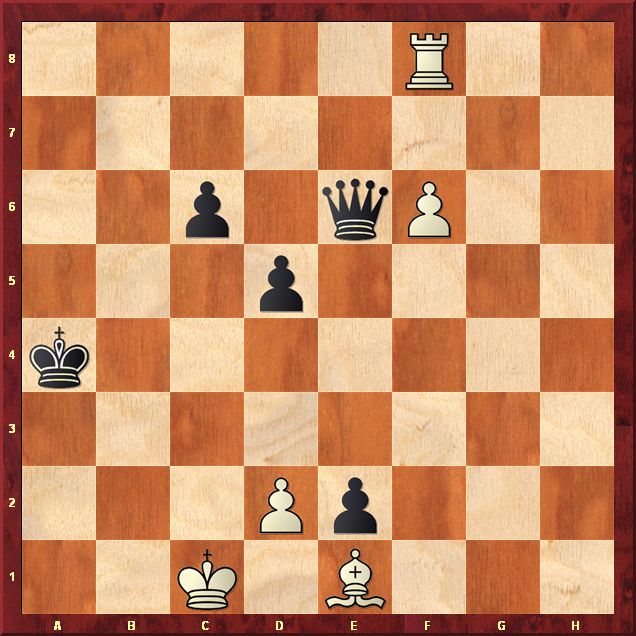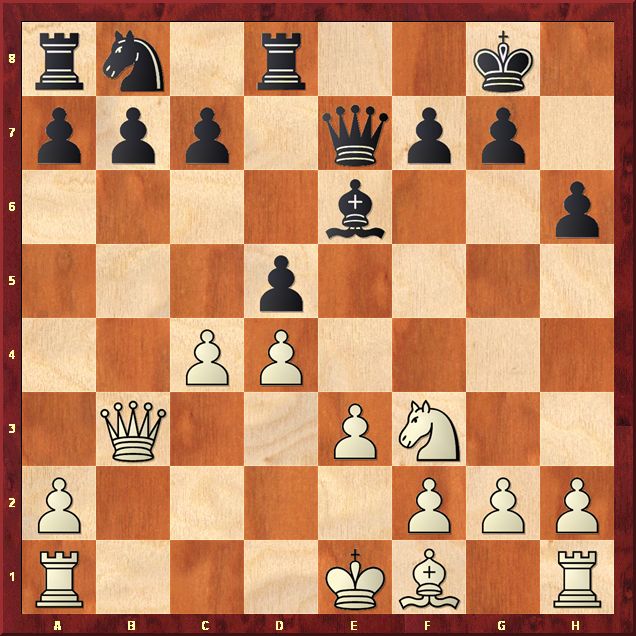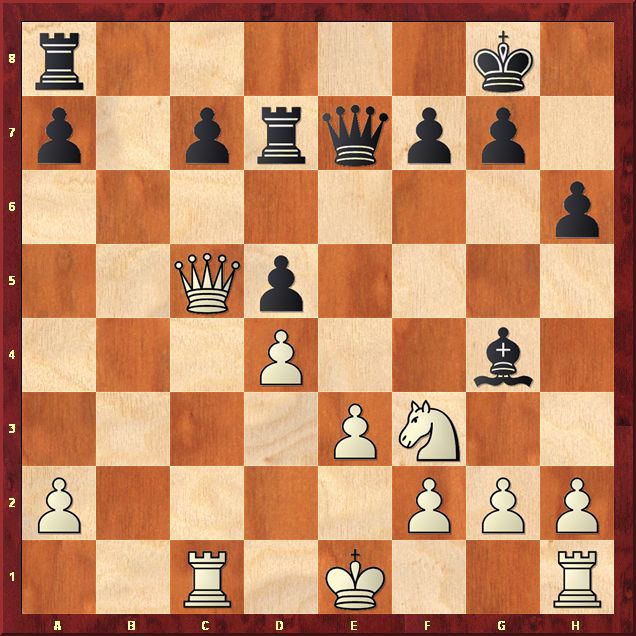Lubomir Kavalek
Huffington Post, November 19, 2010Chess: Remembering Larry Evans
Larry Melvyn Evans (1932-2010), one of the most prominent American grandmasters, prolific writer and commentator, died in Reno, Nevada, on November 15 at the age of 78.
Evans began playing chess in New York City. He quickly progressed and in 1951, at age 19, won his first U.S. championship ahead of Sammy Reshevsky. He would win four more U.S. titles as well as four U.S. Opens.
With steady play, Evans was a calm presence on the U.S. olympiad teams. In his first olympiad in Dubrovnik in 1950, Evans scored an impressive 9 points in 10 games. In 26 years, from 1950 to 1976, he played 100 games in eight olympiads and scored 64,5 points, winning gold, silver and bronze medals for his individual efforts. I had the privilege to play next to him at the 1976 olympiad in Haifa, when the U.S. team won the gold medals. He was an excellent positional player, a tough-minded counterpunching defender who didn't mind grabbing pawns and taking risks. He was hard to beat.
Evans wrote more than 20 books and his syndicated chess column was read in 50 newspapers. He made a large contribution to Bobby Fischer's classic "60 Memorable Games." He was a good friend of Fischer, helping him to prepare for his world championship drive in the early 1970s.
In the match USA vs. USSR in 1954, Evans was one of the Americans with a winning score, beating Mark Taimanov 2,5 to 1,5. The other one was Robert Byrne who smashed Yuri Averbakh 3-1. They showed that the mighty Soviets can fall. "The most thrilling game of my career featured an inspired defense after I walked headlong into a prepared variation against the Soviet champion Taimanov in our rubber game with the score tied 1,5-1,5. Tension rode high. At move 18 he had used only two minutes on his clock, while I consumed close to an hour," Evans wrote in the introduction to his memorable game.
Taimanov - Evans
1.c4 Nf6 2.Nf3 g6 3.Nc3 Bg7 4.e4 0-0 5.d4 d6 6.Be2 e5 7.0-0 Nc6 8.d5 Ne7 (The Mar del Plata variation of the King's Indian defense.) 9.Ne1 Nd7 10.Nd3 f5 11.f3 (The most precise move order 11.Bd2 Nf6 12.f3 f4 13.c5! with a quick lineup along the c-file, came up later. In the game Najdorf-Gligoric, Mar del Plata 1953, white tried the slower 13.b4 and came quickly under furious attack 13...g5 14.c5 h5 15.Nf2 Ng6 16.Rc1 Rf7 17.cxd6 cxd6 18.a4 Bf8 19.a5 Rg7 20.h3 Nh8 21.Nb5 g4 22.fxg4 hxg4 23.hxg4 a6 24.Na3 Bd7 25.Nc4 Rc8 26.Nb6 Rxc1 27.Bxc1 Be8 28.Ba3 Nf7 29.Qc2 Nh6 30.g5 Rxg5 31.Rc1 Rg3 32.Bb2 Nfg4 33.Nxg4 Nxg4 34.Bxg4 Rxg4 35.Qf2 Bg6 36.Rc4 Qe7 37.Bc3 Qh7 38.Qe2 Rh4 39.Kf2 f3 40.Qe3 Rf4 41.gxf3 Qh2+ 42.Ke1 Qh1+ 43.Ke2 Bh5 44.Kd2 Rxf3 45.Qg5+ Bg7 46.Kc2 Rf2+ 47.Bd2 Qd1+ 48.Kc3 Qa1+ and white resigned.
The first encounter between Evans and Taimanov in New York 1954 did not go well for the American grandmaster: 11.exf5 gxf5 12.f4 e4 13.Nf2 Nf6 14.Be3 Kh8 15.Kh1 Rg8 16.Rg1 c5 17.h3 Ng6 18.g4? fxg4 19.hxg4

19...Nh5!! 20.gxh5? (20.Qd2!) 20...Qh4+ 21.Kg2 Nxf4+ 22.Kf1 Bh3+ 23.Nxh3 Qxh3+ 24.Kf2 Raf8 25.Bf3 Nd3+ 26.Ke2 Rxf3 27.Qd2 Rxe3+ 28.Qxe3 Qxh5+ 29.Kd2 Bh6 30.Rxg8+ Kxg8 31.Nxe4 Bxe3+ 32.Kxe3 Qh3+ 33.Kd2 Ne5 34.Rg1+ Kf8 35.Rg3 Qh5 and Evans resigned.) 11...f4 (Preventing Taimanov's favorite line 11...Nf6 12.Be3.)
12.Bd2 g5 13.Rc1 Rf6 (The idea of floating the rook along the sixth rank creating attacking chances along the h-file and defending the pawn on d6 at the same time, belongs to David Bronstein and it was also used by Boris Spassky. However, the Yugoslav grandmaster Svetozar Gligoric realized in Mar del Plata in 1953 that the rook belongs to f7 to cover the square c7 (see the above game Najdorf-Gligoric), making white's invasion more difficult. It led to his set-up 13...Nf6 14.c5 Ng6 15.cxd6 cxd6 16.Nb5 Rf7.)

14.c5!? (A positional pawn sacrifice. After 14.b4 h5 15.c5 Rg6 black has good kingside chances. - Evans.) 14...Nxc5 15.Nxc5 dxc5 16.Na4 b6 17.b4 cxb4 (Interestingly, when this position was reached this year at the European Women's championship in Rijeka, black played: 17...Rh6?! 18.Rf2 [After the cool 18.bxc5! Qe8 19.h3 Qh5 20.Bc4 Bxh3 21.gxh3 Qxh3 22.Kf2 the white king walks away.] 18...Qe8 19.h3 Bd7 20.Nb2 Ng6 21.bxc5 Nh4 22.Bf1 Rg6 23.Qb3 Kh8 24.Be1 h5 25.Rfc2 Bf6 26.c6 Bc8 27.d6 cxd6 28.Bxh4 gxh4 29.c7 Bxh3 30.Qd5 Rc8 31.Qxd6 Qg8 32.Nd3 Qg7 33.Kh2 Rg8 34.gxh3 Rg1 35.Qxf6 Qxf6 ½-½ Lomineishvili,M (2385)-Sandu,M (2277), Rijeka 2010.) 18.Bxb4

18...Bf8?! ("The text was considered a clever trap, but I must confess that White's reply took me completely by surprise," Evans admits. Commenting on the game, GM Igor Bondarevsky asked what compensation does white have for a pawn. He didn't like Evans's move and preferred 18...c5, trading the weak c-pawn, 19.dxc6 Qxd1 20.Rfxd1 [20.Bxd1 is met by 20...Nxc6 21.Bb3+ Kh8 22.Bd5 Bd7.] 20...Nxc6 21.Bd6 white is better developed, but he can't accomplish too much. For example, 21...Bb7 [Not 21...Nd4 22.Bc4+ Be6 23.Bxe5 with white's edge. After 21...Bd7 22.Bc4+ Kh8 23.Bb5 Rc8 24.Bxc6 Bxc6 25.Bxe5 Rff8 26.Bxg7+ Kxg7 27.Nc3 Rfd8 the chances are equal.] 22.Bb5 [After 22.Bc4+ Kh8 23.Bb5? Nd4! black wins.] 22...Rd8! 23.Bxc6 Bxc6 24.Rxc6 Bf8 is better for black. Of course, these variations don't exhaust all possibilities, but they help to get some sense of the position. With his knight on a4 out of play, white doesn't seem to have a compensation for the pawn." - Bondarevsky.
Today, after 18...c5 white would reshuffle the pieces, for example 19.Bc3 Ng6 20.Nb2 Bf8 21.a4 with pressure on the queenside.)
19.Rxc7? ("I literally broke out into a sweat! The eyes of over a thousand spectators, it seemed, were focused on our wallboard. It didn't take very long to calculate that the upstart rook could not be captured," Evans describes this critical moment of the game. Yet, it is a wrong combination. Taimanov overlooks Evans's splendid reply. Increasing the pressure with 19.Qb3! was better.)

19...Nf5!! (A beautiful counterpunch, leaving many white pieces hanging. The knight is headed for e3. Evans came up with this startling counter stroke while analyzing the line 19...Ng6 20.d6 Bxd6 21.Qd5+ Kh8 but here after 22.Rc6! Bb7 23.Rxd6 Bxd5 24.Rxd8+ Rxd8 25.Rd1 white still has the advantage.
Taimanov was counting on 19...Qxc7 20.d6 Rxd6 [Or 20...Qd7 21.dxe7 Bxe7 22.Bxe7 Qxe7? 23.Qd5+ wins.] 21.Bxd6 Qc6 22.Qb3+ Kg7 23.Bxe5+ Kh6 24.Bb5 with white's edge.) 20.Bxf8 (Taimanov decides to sacrifice two exchanges after discarding 20.d6 Ne3 21.Qd3!? [Or 21.Qa1 Bxd6! - not 21...Nxf1? 22.Qxe5! and white wins - 22.Bxd6 Qxd6 23.Rfc1 Bd7 24.Nb2 g4! with black's upper hand.] 21...Bxd6! 22.Rc6 Be7! with clear advantage to black.
After 20.exf5 Qxc7 21.d6 Qf7 black should win.) 20...Qxc7 21.Ba3 ("White prefers to sacrifice a second exchange rather than ruin his pawn structure by 21.exf5 Kxf8 " - Evans.) 21...Ne3 22.Qc1 Qg7! (Rather than winning more material, Evans attacks. After 22...Qd7 23.Qb2!? [23.Nb2? Nxf1 24.Bxf1 g4 is no good.] 23...Qxa4 24.Qxe5 Rf5 25.Qe7! Qd7 26.exf5 Qxe7 27.Bxe7 Nxf1 28.Kxf1 h6 29.f6 white is still kicking.) 23.Rf2 (After 23.Bb2 Rg6! wins.) 23...Bd7 ("An ideal developing move which gains time by the attack on white's misplaced knight." - Evans) 24.Nc3 g4! 25.Bb2 g3! (Breaking through.)

26.hxg3 Qxg3 (The direct attack 26...Rh6 also wins, for example 27.g4 Qg5 28.Bf1 Bxg4! 29.fxg4 Qh4 30.Rf3 Nxg4 31.Rh3 Qf2+ 32.Kh1 Rxh3+ 33.gxh3 Qh2 mate.) 27.Bf1 Rc8 (Again, 27...Rh6 28.Rc2 Rh2 threatening 29...Qh4, was quicker.) 28.Qe1 b5 (The straightforward 28...Rh6 29.Re2 Qh2+ 30.Kf2 Rg6 31.Rxe3 Bh3! gives black an unstoppable attack.) 29.Ne2 Qh4 30.g3 ("Desperation. Otherwise black mates with 30...Rh6." - Evans) 30...fxg3 31.Nxg3 Nxf1! (Simple, but it was possible to call white's bluff with 31...Qxg3+!? 32.Rg2 Nxf1 33.Kxf1 [33.Rxg3+ Nxg3 34.Bxe5 Rc1! wins.] 33...Qxg2+ 34.Kxg2 Rc2+ 35.Kh1 Rxf3 36.Bxe5 Bh3 and black wins.) 32.Nf5 (Black wins also after 32.Rg2 Rg6 33.Qxf1 Rxg3 34.Bxe5 Rg6!) 32...Rg6+ 33.Kxf1 Qh1+ 34.Ke2 Rc2+ 35.Kd1 Qxe1+ 36.Kxe1 Rg1+ (After 37.Rf1 Rxf1+ 38.Kxf1 Rxb2 black wins.) White resigned.
Solutions to the last Puzzles are here
Note that in the replay windows below you can click on the notation to follow the game.
<br />











